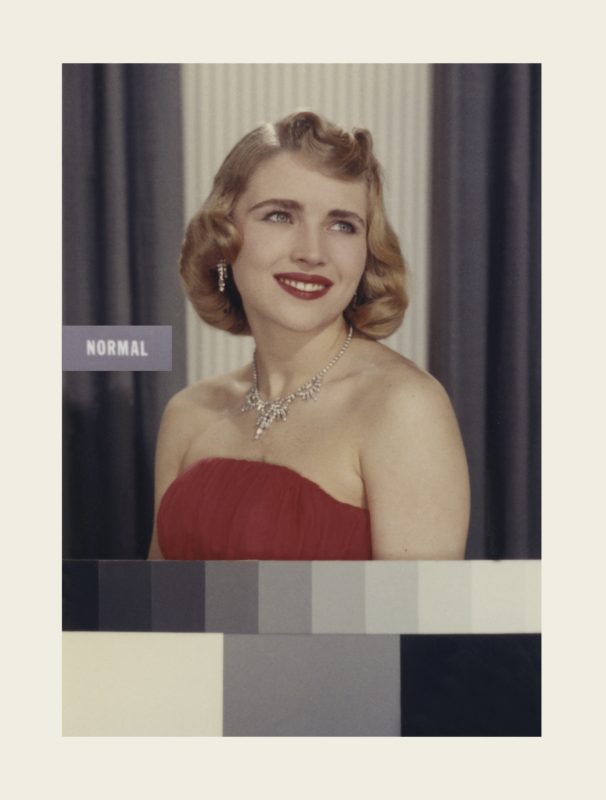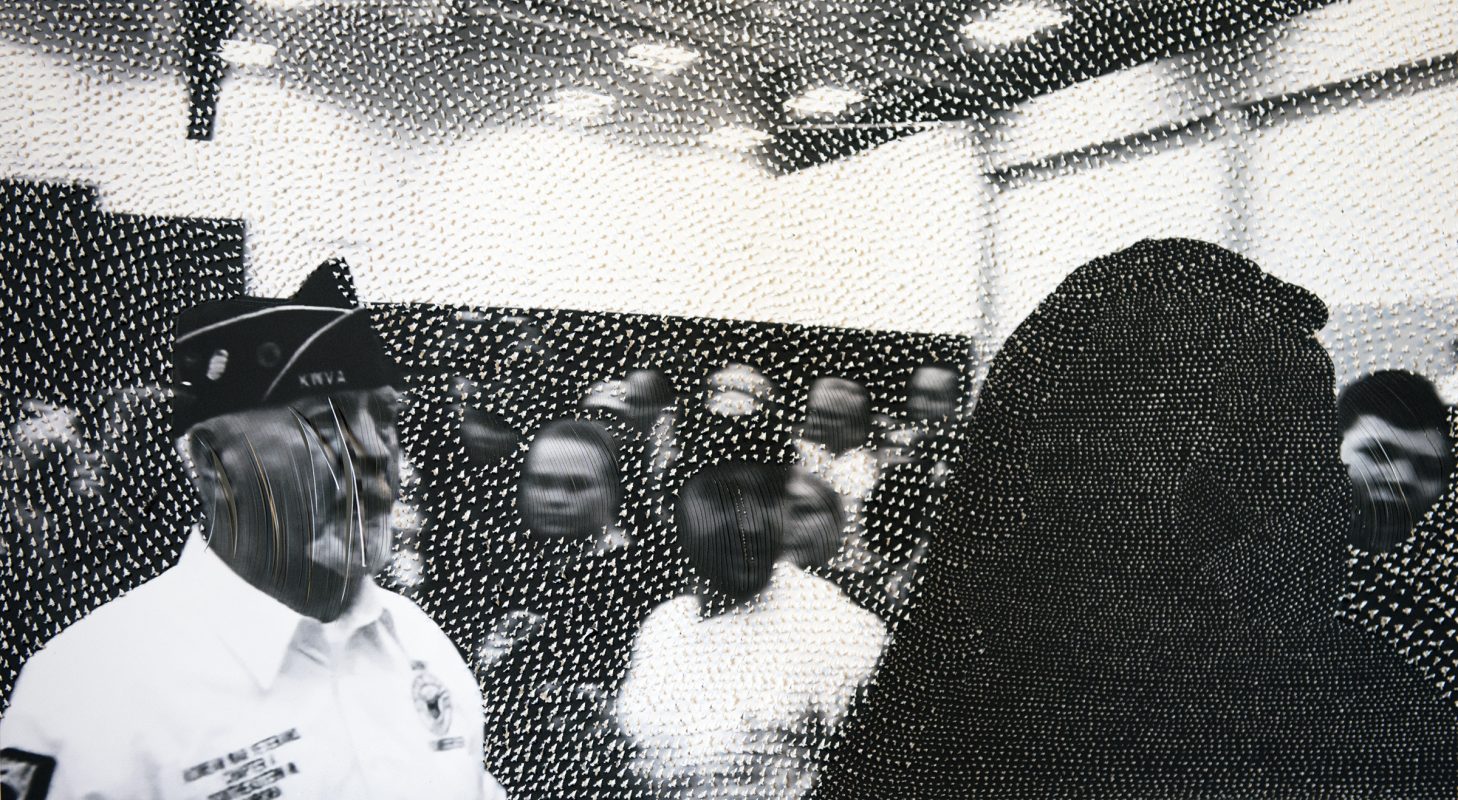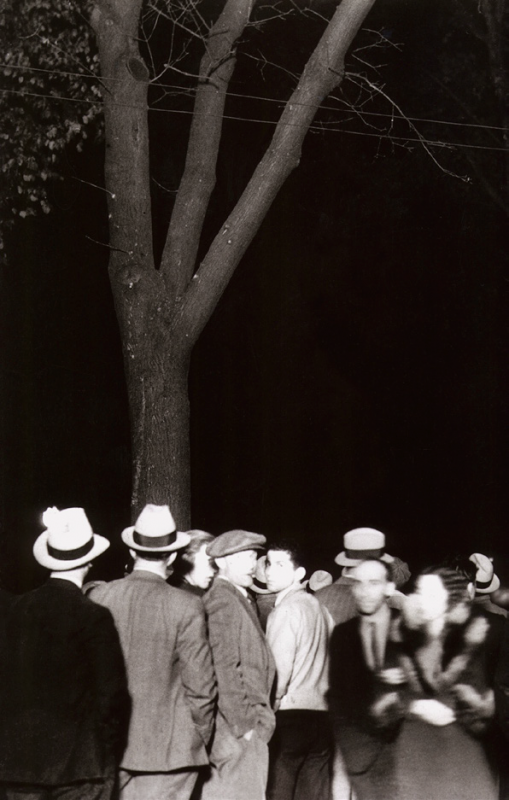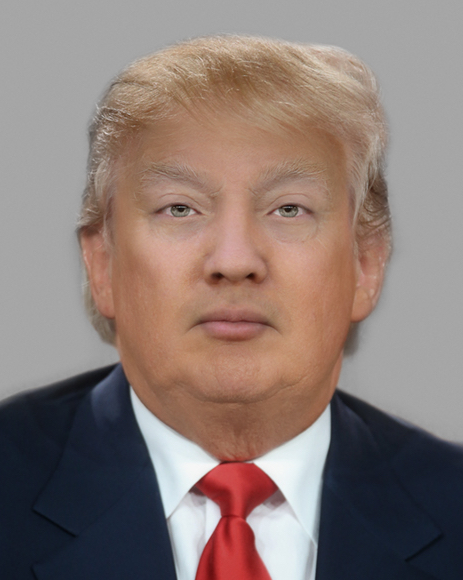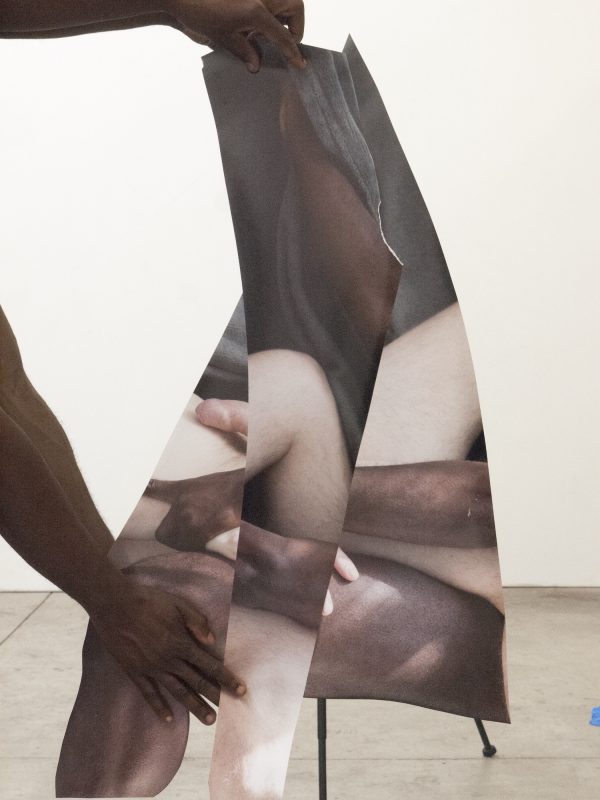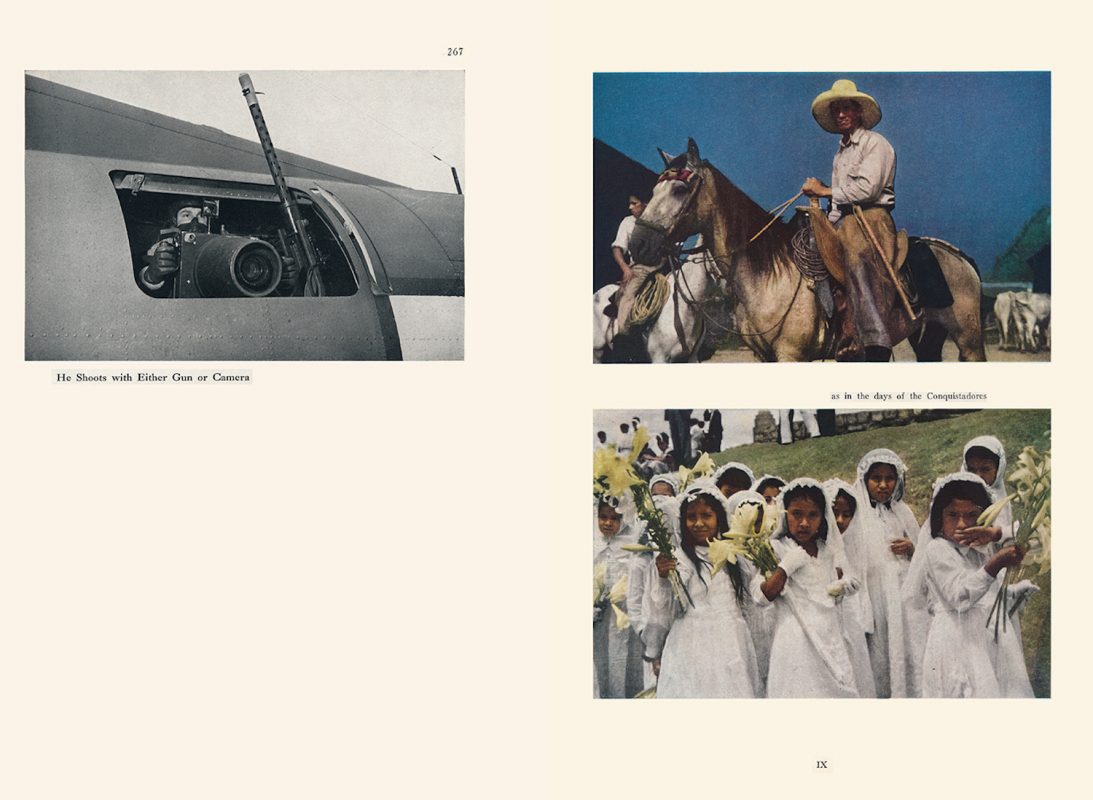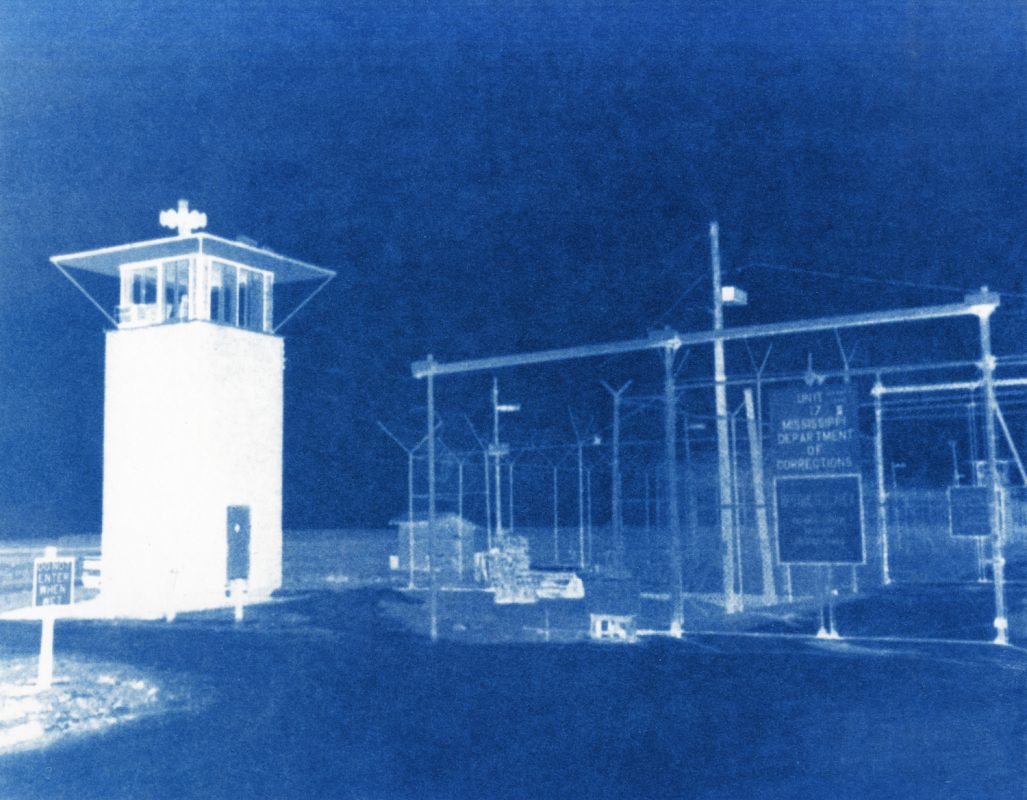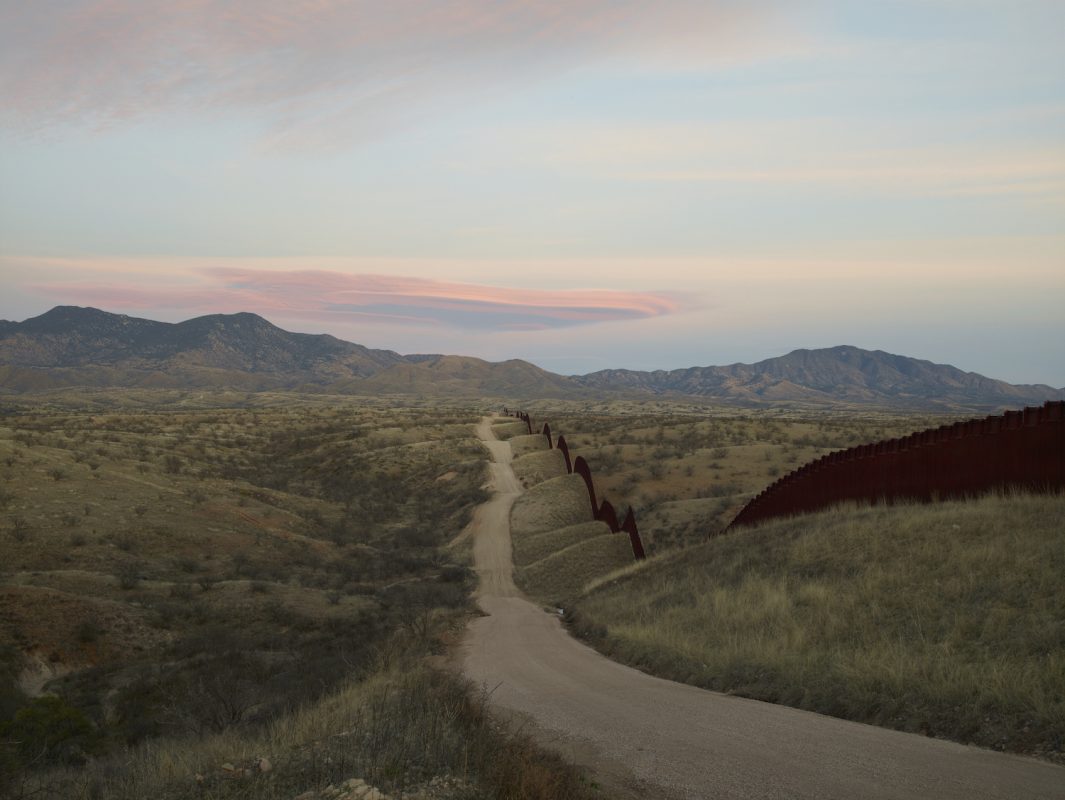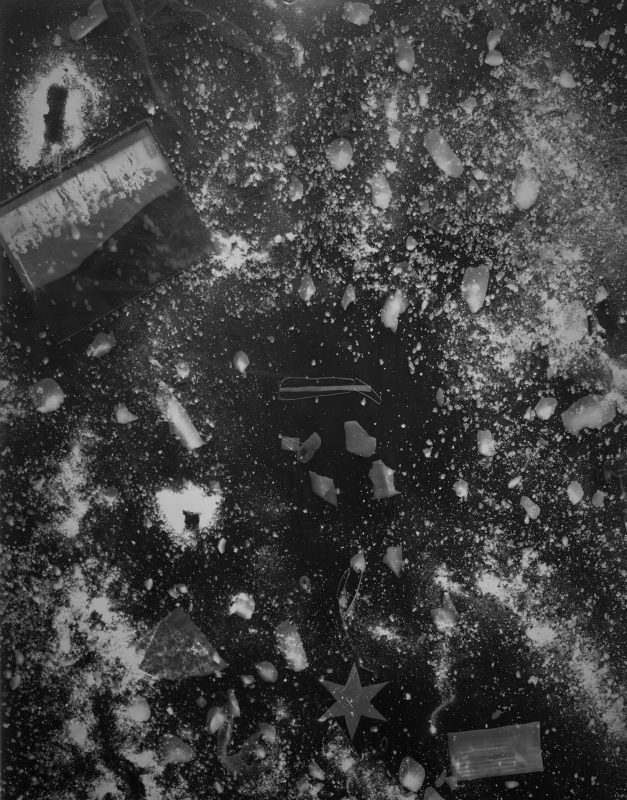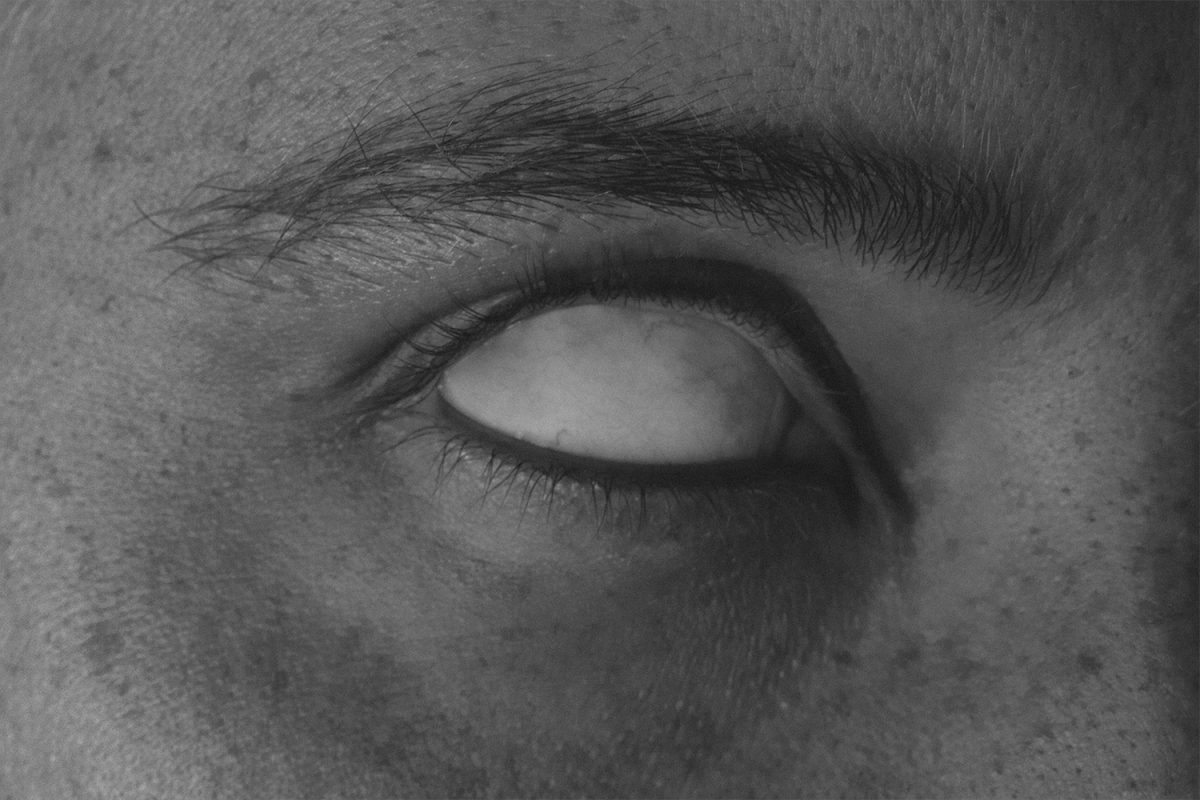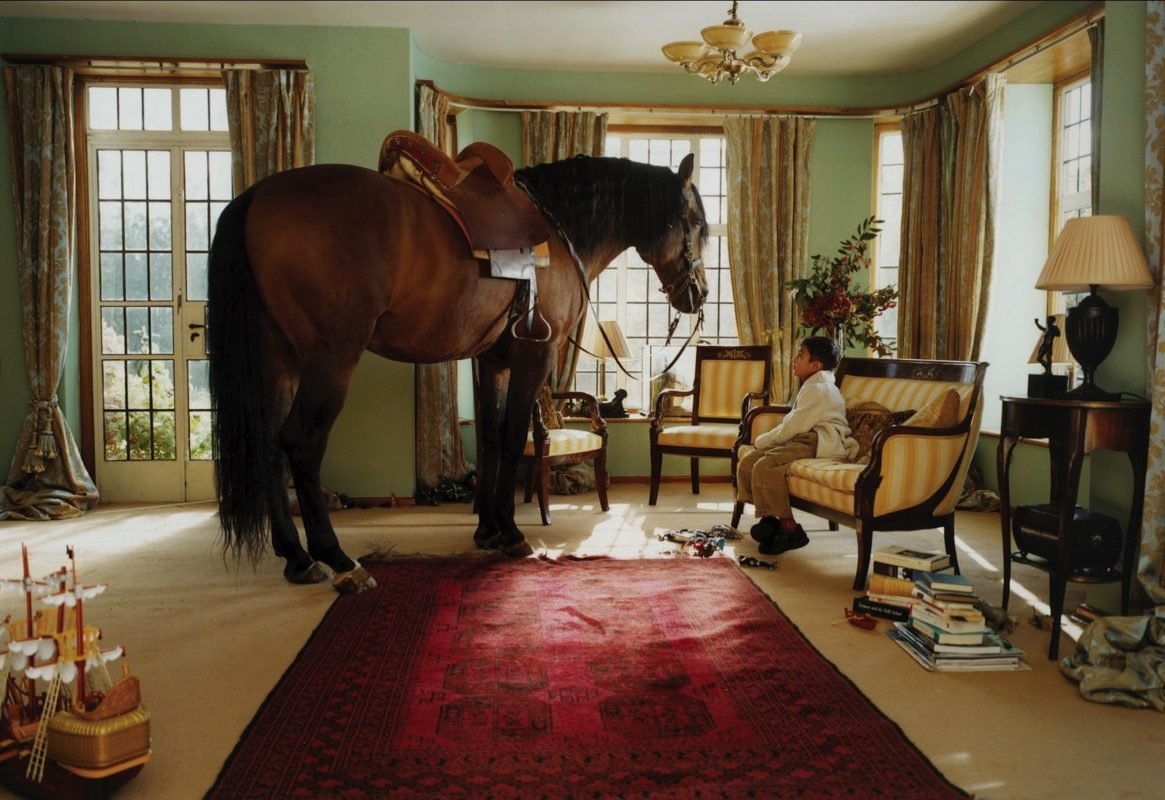The Image of Whiteness:
Contemporary Photography and Racialization
Book review by Paul Halliday
We live in strange times. Recently, a senior British politician thought it acceptable to describe Muslim women wearing burkas as looking “like letterboxes”; this, after having previously described Black people as “Piccaninnies” with “watermelon smiles”, and gay men as “tank-topped bumboys”. It is quite possible that such overtly, Islamophobic, racist and homophobic utterances would have been considered unremarkable, had it not been that the speaker eventually became the British Prime Minister. All this, at a time of national crisis, the likes of which has not been seen during the post-war period. As Boris Johnson moved closer to seizing the reigns of parliamentary power, the more horrified the British Left became, as if watching a slow-motion car crash unfolding on a dimly lit CCTV screen, without any possibility of switching to pause or rewind.
On reading The Image of Whiteness: Contemporary Photography and Racialization, edited by Daniel C. Blight, one is immediately struck by the complexities around some of the contemporary uncertainties associated with the inexorable rise of alt-right identity politics and the sociological space of an imagined future. This book invites us to reconsider the normalcy of the now, set against a future that may materialise through the Baldwin-esque fire of engaged memory, truth-making, agency and utopianism. Many of the writers are concerned with the historical optics of concealment and revelation, and this has particular resonances for those artists and cultural thinkers working in the difficult and shape-shifting area of ‘race studies’.
The book is effectively a series of conversations about the crisis of being; of making sense of being, and of being made sense of. On the cover, we see a photograph of what appears to be a white middle-class family surrounded by the accoutrements of a consistent, effortlessly maintained comfort. In this group portrait, there are no apparent signs of austerity impacting on the sitters as we so often see within the lives of families living at the edge; the so-called ‘left behind’. The book starts with an engaging and insightful introductory essay by Blight outlining some of the core thematic and theoretical concerns of a wide range of interdisciplinary writers and cultural commentators approaching ‘race’ from a variety of critical perspectives.
In Blight’s chapter, he outlines his central thesis that the very discussion (or the absence of discussion) of ‘whiteness’ is predicated on two primary responses; the first being White Denial ‘in which certain white people won’t acknowledge whiteness at all, it being more conspiracy than concept to them, a mere apparition.’ He contrasts this with a second response, which he intriguingly terms Relative White Silence. Having worked in British Higher Education for well over two decades, this resonates with me, both in terms of my actual experiences of just how difficult it can be to have conversations with some academic colleagues utterly convinced of the rightness (moral or other) of their ideological positions around institutional cultures that promote structural inequality ‘because’, as Blight puts it, ‘white people can never be truly silent, finding it necessary to recapitulate their subjectivity at every turn – a form of taciturn behavior in which they simply won’t engage either positively or negatively, preferring to be silent so as to remain “moderate”.’
Therein lies one of the central questions all of the contributors respond to, namely, how does ‘society’ make sense of difference and acknowledge the relationships that exist in real concrete terms for people of colour? Relatedly, how might ‘whiteness’ itself be seen beyond the epidermal surface? This book doesn’t attempt to answer what whiteness is exactly; how could it and why should it? Instead, it focuses on the implicit tensions of denial and silence; of hidden power relations not spoken of, or indeed spoken to. Through a well-considered image edit and thoughtfully designed layout, an extended conversational encounter is played out. There are portraits by Buck Ellison of young white people in a variety of natural settings; an interior-designed sitting room, a verdant meadow, a gymnast balanced atop an American Civil War-era light field artillery piece. Elsewhere, Ken Gonzales-Day offers images of a lynching of an absent African American in the Deep South. Absent, because the artist has removed the mutilated and twisted body of the victim; but what still remains is the delighted, carnivalesque faces of those witnessing and contributing to the ritualised murder that underpinned the true relationship between Jim Crow and a post-slavery society based on the racial terror that William DuBois, Alice Walker, Ralph Ellison, Bell Hooks and Paul Gilroy have so eloquently written about.
There is a power and relevance in this, particularly for those researching and teaching photography and urbanism informed by social anthropology, socio-legal studies, cultural archaeology and art history. What excites me about this book is that it speaks to the conceptual foundation of interdisciplinarity, namely, that meaningful philosophical and epistemological insights may be found through practices working through ideas, pushing boundaries and being prepared to take risks. And there’s the rub. Interdisciplinarity, by it’s very nature is risky. It flies in the face of Bourdieusian Habitus in terms of its lack of ontological centeredness. As one works through this book, there is a strong sense of an indefatigable de-centering; of narratives around ‘race’ folding back, of then recapitulating within a written component, an interview, a visual element.
So we see in Nancy Burson’s images of Donald Trump, an all-seeing, all-powerful, assured white man comfortable within his own skin, transitioning through a series of colour shades and putative ‘races’, not entirely dissimilar to the colour classification system used to distinguish ‘true whites’ from ‘mulattos’ through to the outer edges of dark-skinned ‘negritude’. Suddenly Trump inhabits a different space, there, but not fully there. And of course, suffice to say, this continuum is arbitrary, relative, constructed, contested and imposed. Even now, decades after the big battles in social, cognitive and evolutionary anthropology have moved on from the conceptual prevarications and self-indulgences of experimentally and methodologically-challenged ‘race science’, there are the rumblings of a new awakening in eugenics research that promotes itself as dispassionate, objective, impartial, truthful and above all, ‘good for us.’
The white woman stands in front of a group of squatting Africans as seen in Michelle Dizon & Viet Le’s White Gaze. Education; it’s good for them. A Black man stands against a dark background draped with a Union flag in Abdul Abdullah’s, Self-portrait as an Ultra-nationalist, from the series Homeland. On his shirt is the legend “Fuck Off We’re Full”. Abdullah’s photograph confronts the white viewer with an image of difference that functions less as an experience of looking at or looking into a void; but rather challenges the viewer to think about the Black man as a projected mirror image drawing on a paradoxical innermost terror.
The conversations with David Roediger (The Advent of Whiteness), Yasmin Gunaratnam (The Borders of Whiteness), Claudia Rankine (On Blondness and Whiteness), Stanley Wolukau-Wanambwa (Picturing the Invisible) and George Yancy (Symbolic White Death), are focused, philosophically rich and well-crafted explorations of what ‘race’ today means within academia, literature, art-making and curatorial practices. As such, this book will be highly relevant to those readers engaging with some of the core issues surrounding such a complex, controversial and, at times, incendiary field. On reading the texts, one senses a real and present urgency, and the conversations, whilst not offering any easy ‘answers’ to some of the most pressing cultural, historical and geo-political issues of the day; often point to the possibility of mediation, conciliation and engagement, contrasting with stark warnings about the sharp shift to the outer edges of nationalist extremism.
There is a telling moment where Blight, in his final conversation with George Yancy, recalls a question he had previously asked the philosopher, “what should white people do?”, to which Yancy responded: “Lay down and die. White people should die a symbolic death.” There is so much confusion, invective and entrenchment around how best to approach the issues of ‘white privilege’, ‘white fragility’, institutional denial, silence and complicity; and it does feel that this timely book will make a contribution towards engaging and bringing into sharper focus a much-needed paradigm shift around addressing ‘whiteness’, ‘otherness’ and ‘difference’ as constituent parts of our mundane, and often unremarkable lives. On reflection, I would suggest that rather than “lay down and die”, white people might consider doing something altogether more radical; they could engage differently with the history and cultural politics; they could reject denial, silence and complicity; they could stand up and live. ♦
All images courtesy Self Publish, Be Happy Editions and Art on the Underground.
—
Paul Halliday is a photographer, filmmaker and urbanist based at Goldsmiths, University of London, where he convenes the MA Photography and Urban Cultures. After training in photojournalism and Fine Art film at LCC and Central St Martins, he studied social anthropology, art history and archaeology at Goldsmiths, and the universities of Oxford and Cambridge. A member of UPA – the Urban Photographers’ Association, a former Channel 4 film director and British Refugee Council Media Advisor, he now researches urban spaces, identities and material cultures through visual and written forms.
—
I-Broomberg & Chanarin, Shirley 1, from the series How to Photograph the Details of a Dark Horse in Low Light, 2012. Courtesy the artists and Lisson Gallery, London and New York.
II-Nate Lewis, Focused Heads, from the series Social Patterns, 2017. Courtesy the artist.
III-Ken Gonzales-Day, East First Street #2 (St. James Park), from the series Erased Lynchings, 2013. Courtesy the artist and Luis De Jesus Los Angeles.
IV-Nancy Burson, What If He Were: Asian, 2018. Courtesy the artist.
V-Nancy Burson, What If He Were: Black, 2018. Courtesy the artist.
VI-John Lucas & Claudia Rankine, Stamped, 2018. Courtesy the artists.
VII-Paul Mpagi Sepuya, Mirror Study (2140278), 2018. Courtesy the artist and team (gallery, inc.), New York; DOCUMENT, Chicago; and Susanne Vielmetter Los Angeles Projects, Los Angeles.
VIII-Michelle Dizon & Viet Le, White Gaze (book spread), 2018. Courtesy the artists and Sming Sming Books.
IX-David Birkin, Detail (Death Row Gate), from the series Midnight Blue, 2018. Courtesy the artist.
X-Richard Misrach, Wall, east of Nogales, Arizona, from the series Border Cantos, 2015. Courtesy the artist and Fraenkel Gallery, San Francisco; Pace/MacGill Gallery, New York and Marc Selwyn Fine Art, Los Angeles.
XI-Libita Clayton, Untitled, from the series Quantum Ghost, 2019. Courtesy the artist.
XII-Libita Clayton, Untitled, from the series Quantum Ghost, 2019. Courtesy the artist.
XIII-Sutupa Biswas, Birdsong, 2004. Production still. 16mm lm transferred onto 2 DVDs. Dual-screen projection. Colour. No sound. Duration: 7’7”. Dimensions: variable. Commissioned by Iniva (London, UK) in collaboration with FVU (London, UK). Realised with the generous support of the AHRC (UK) and Chelsea College of Art and Design (UAL). Courtesy the artist.

